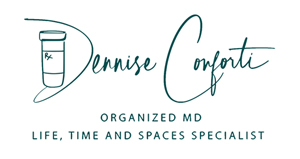Posts about Routine
Other Categories
Extra Behind the Scenes That Go on With Medical Professionals & The Workplace
Depending on what part of the world you live in, post-pandemic life is slowly starting to open back up. Although…
The Startling Truth About Habits, New Year’s Resolutions, and Quitting
New Year’s Resolutions. You either love or hate them. Or you begin loving them and end up hating them because…


